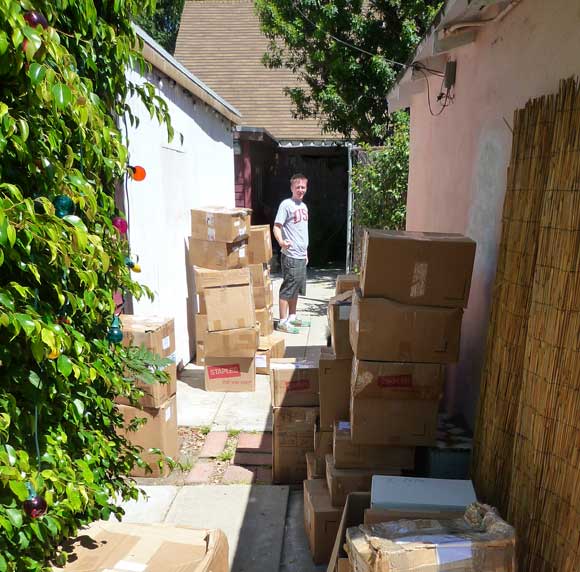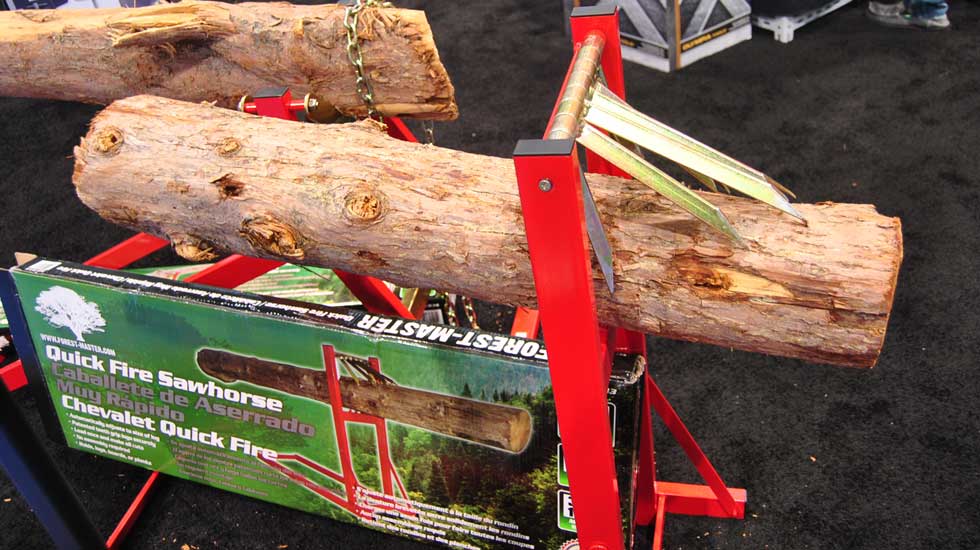
The spring season brings on a transition for many people. More families move in the spring than any other season and in May, many college students move from their school time residences to back home.
Packing up everything you own can be a daunting and challenging task. By creating a plan of action and arming yourself with the right materials, you can make the move out process less stressful so you can focus on your family or finals.
1. Make a list
Brainstorm a list of all the categories of things you will need to pack and write them down. By doing this before you even start packing, you’ll know how to categorize your belongings as you come across them. If you come across more groups in the process of packing, add them to your list. Your categories can be rooms, types of objects, breakables, paper products, etc.
2. Clean it up
Cleaning might seem like it should come after moving (and it does!) but it’s also should happen before. Tidy up your things and vacuum your floor before beginning to pack. Making your space clean will help you to better see what you own, know where to find things, and clear any excuses from starting the moving process. This step will save you a lot of frustration and will keep you motivated to box up your things.
3. Gather what you’ll need
Get your materials before you start packing. Round up several cardboard boxes (more than you think you’ll need) from friends, work and buy them from general purpose stores. Use the newspaper in your recycling pile to wrap breakables and also consider bubble wrap. Packing tape and a large permanent black marker will finish off your packed box. Grabbing these supplies ahead of time will keep you from having to run to the store and lose your packing focus.
4. Use what you have
Use the storage you already own to move with. If you already have containers or drawers for storage, use dual purpose to your advantage. By packing things orderly in a plastic storage tub you’re not only moving your things, you’re efficiently using space. If you can, think about what you’d like to use the storage container for in your new place and pack those things in it now so you don’t have to unpack and repack the container after you move.
5. One spot at a time
Pick an area of your space to pack and concentrate on it. If you start pulling objects from several places, your space could become very overwhelming very quickly. Get as far as you can in a closet, bookshelf, cabinet before moving on to the next. You’ll feel more accomplished and still be able to use most of your space when you break from packing.
6. Set time guidelines
As with most tasks in life, deadlines and breaks need to be set when you pack. Make attainable goals each time you begin a packing session and work on accomplishing them. Plan breaks of 15 minutes after every 2 hours of packing. A time schedule like this will allow you to accomplish a lot without burning you out. By taking 10 to 20 minute breaks you’re able to step away from the project for a while but not so long that you become unmotivated to go back to it.
7. Stay focused
Going through your things can easily become distracting. Seeing possessions you haven’t looked at in a while can take your mind off of moving and put a standstill to progress. When you come across your belongings that you want to look through, set them aside in a special pile and move on. When you take a designated break, you can look through your old things and reminisce without slowing down your move.
8. Edit your possessions
If you have the extra time before moving, it’s a good idea to go through things as you pack and find things to move, throw away, sell, or donate. By doing this, you aren’t moving objects you no longer use or need. A good rule of thumb is if you haven’t used it or wore it in 9 months, find another home for it. Editing what you move will help the moving process and the unpacking to go faster.
9. Label, label, label
Once you fill a box, don’t go right to filling the next box. Secure the box with packing tape so that it doesn’t break open during the move. Label the box with the room or category that the box belongs and add a subtitle to further explain what is in the box (ex. Kitchen: Cooking Utensils) so there is no confusion where your belongings are once you arrive at your new place. Set similar boxes to each other so they can try to be moved in the same load.
10. Odds and Ends
When you get down to the random objects in your house that don’t have similar things to share a box with, don’t worry. It’s okay to have a few things that don’t fit into your other categories. Miscellaneous boxes should be kept to a minimum (at the most 3). In cases where you have boxes like this, write down everything in the box on the side of it so that you can still find it when you move in.
By taking the time to prepare a plan for packing, you’ll save yourself time and frustration. Packing, moving and unpacking can all be made easier when you have the right materials, pack with focus, and stay organized throughout the entire move.



No Comments